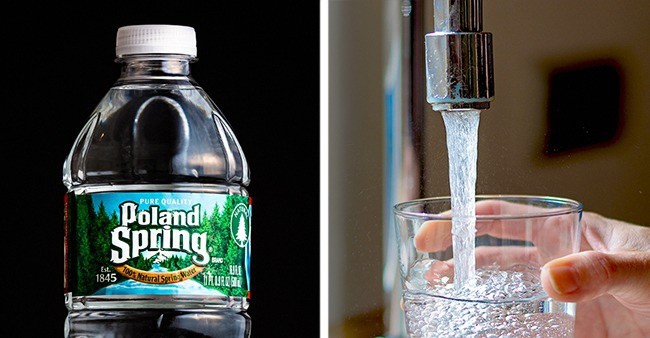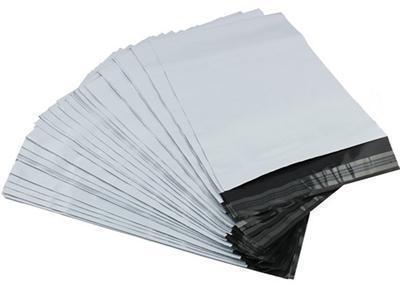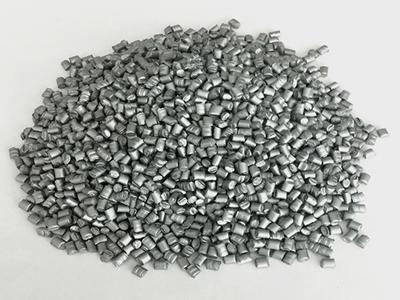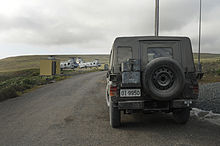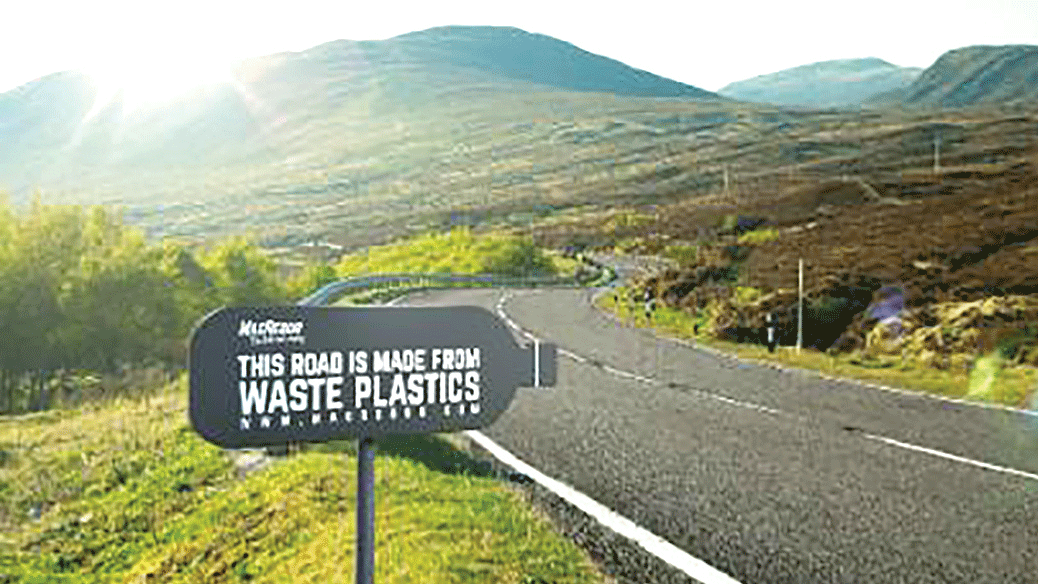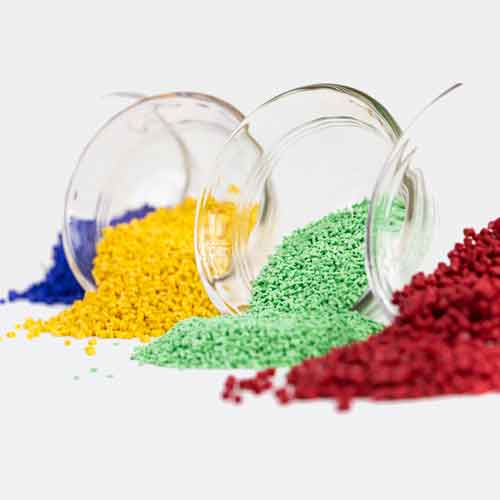The chair you sit on, the water bottle, the food container you use… are all made of plastic. But each of these types of plastic has great differences in use as well as health effects that not everyone knows.
Plastic is an extremely common material in the world, appearing in almost every aspect of human life. From home appliances, children’s toys, moving vehicles, mechanical machinery to advanced things like electronic components.
There are many different types of plastic, but basically we can divide them into 2 main categories, which are primary plastic and recycled plastic.
1/ Distinguishing recycled and primary plastic
As the name suggests, recycled plastic refers to plastics that are reused. From old, damaged plastic items thrown away such as packaging, medical equipment, machinery… they are collected and melted into plastic particles.
So, recycled plastics can include plastics that have been used over and over again, like they have had many “lifetimes” and are in a different shape each time.
Using plastic every day, how well do you understand the concept of recycled and primary plastic?

– Picture 1. Plastic bottles and utensils are collected for recycling.
In the recycling process, this type of plastic will often be difficult to avoid being mixed with impurities and must add detergent additives, so the recycled plastic particles will be opaque, not clear.
Using plastic every day, how well do you understand the concept of recycled and primary plastic?

–
Photo 2. Shape and color of recycled plastic particles.
Unlike recycled plastic, virgin plastic is a pure type, created from petroleum distillation.
This is a type of plastic in its original form, unused, without chemicals or additives. For ease of understanding, we can consider primary plastic as 99.99% gold in all plastics.
Using plastic every day, how well do you understand the concept of recycled and primary plastic?

Pic. 3. Primary plastic is created from petroleum distillation, in its original form, without any additives, very safe to use when in direct contact with humans.
Primary plastic therefore has the characteristics of flexibility, good pressure resistance, glossy surface and brighter colors, so it brings high aesthetics to the product. Therefore, this type of plastic usually costs much more than recycled plastic.
They are used in products that require high safety and technical requirements due to their direct impact on human health and quality of life such as the food industry, medical care, aircraft….
2/ Recycled vs primary – Which type of plastic is better?
Many people often ask themselves the question: “So which type of recycled and primary plastic should be used?”, “Which is better?”. The answer to this is that you can use both types of plastic because they are both extremely useful. Each type of plastic will be used for different purposes.
Recycled plastic will be used to make items and tools that require durability, tough and tough physical properties. For example, use in the field of construction, environment.
Used to make ropes, carpets, plastic pipe membranes, drainage pipes, plastic bottles and cans, household appliances, glass pots… And primary plastic will be used to create more friendly products. with users.
For example, when choosing plastic for household use, especially to preserve food in the kitchen and children’s utensils, you should use primary plastic.
Because primary plastic is not mixed with harmful chemical additives, it is safer when it comes into direct contact with food, drink or the human body.
As in a recent study published on the website of the Indian Ministry of Health, experts have said that reusing plastic water bottles can be even more unhygienic than sucking on items. play of the pet dog.
Therefore, the reuse of unsafe plastic items will cause you to face many safety and hygiene problems.
Using plastic every day, how well do you understand the concept of recycled and primary plastic?
In many countries around the world and even in Vietnam, health agencies and community organizations have introduced laws and regulations, specifying that only virgin plastic can be used for food plastic items. .
Manufacturing companies have also strictly followed these regulations to ensure the health of consumers. For example, Tupperware, a brand from the US, has always been a pioneer in using virgin plastic to produce utensils that come into direct contact with food.
Founded in 1946 and spent nearly a century of development, Tupperware is now present all over the world and was recently officially present in Vietnam. Plastic company is famous for products made from virgin plastic, safe and non-toxic.
The materials and additives all comply with the standards of the US Food and Drug Administration (FDA), the Japan Food Safety and Hygiene Association (JISC) and the Japan Clean Plastics Association (JHOSPA). .
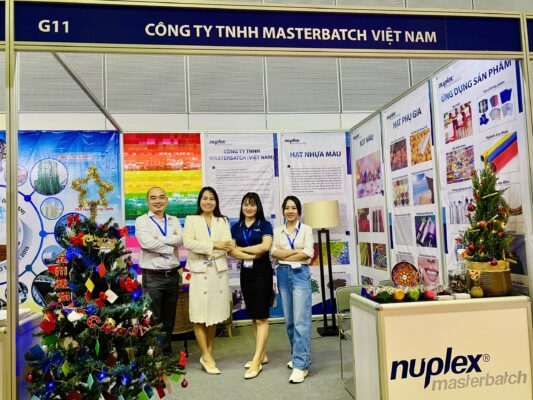

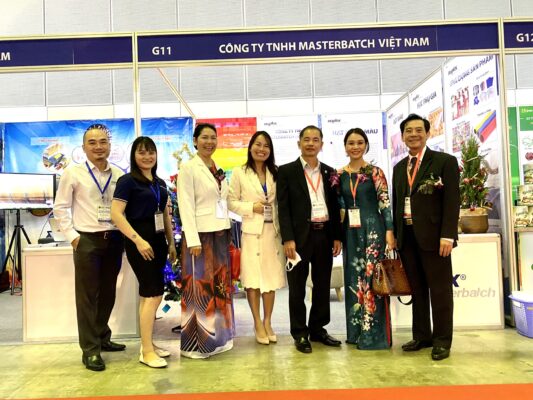
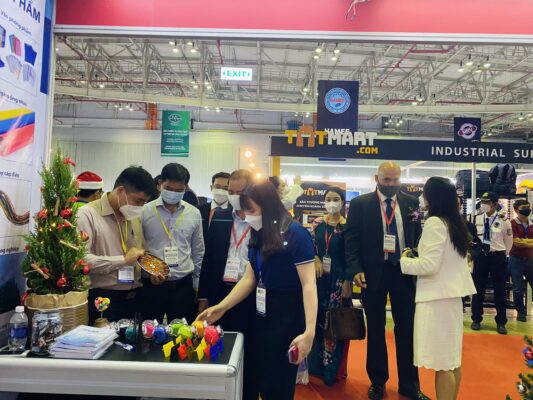
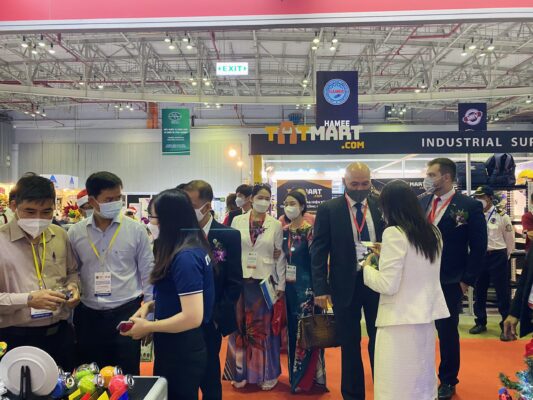
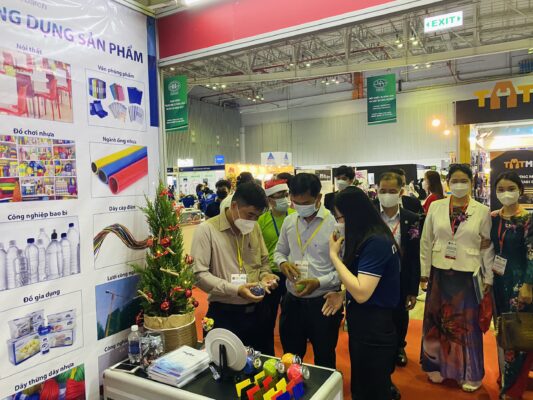
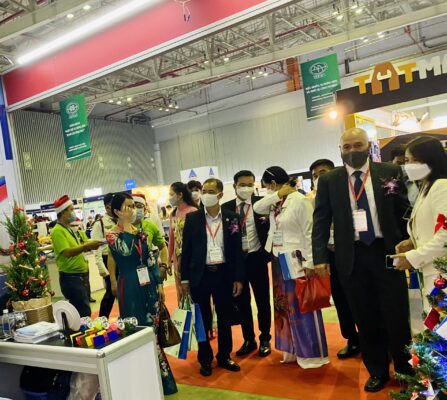


 Tiếng Việt
Tiếng Việt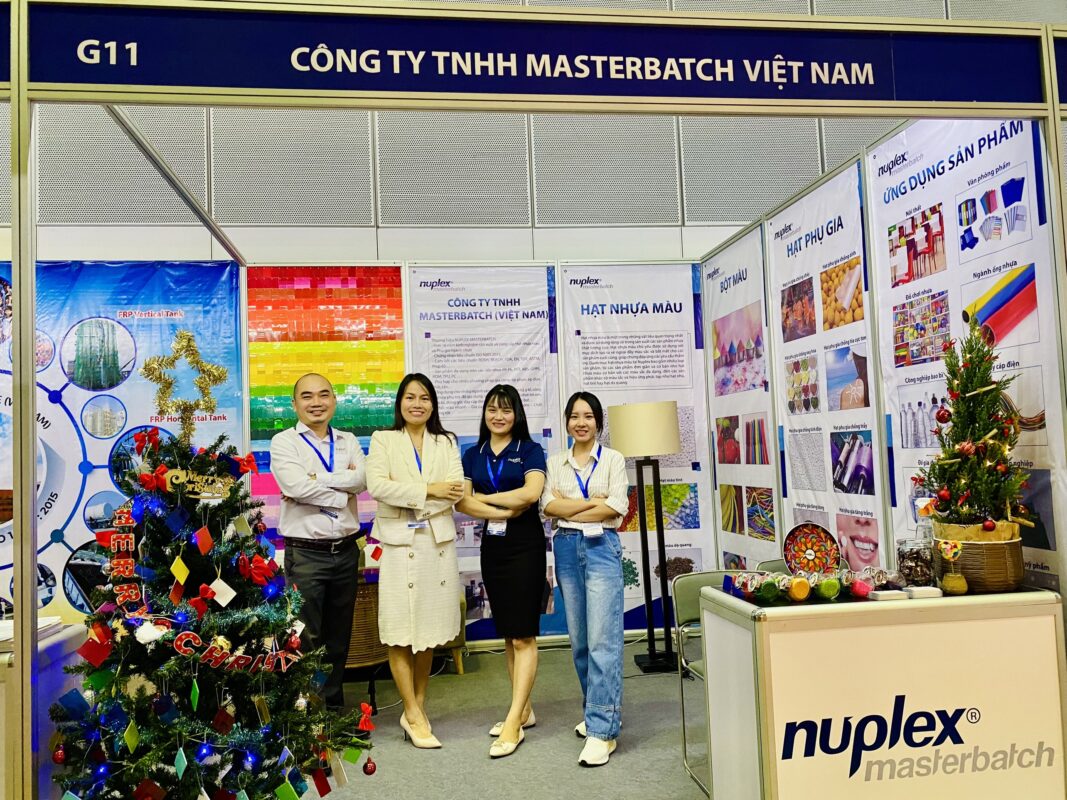
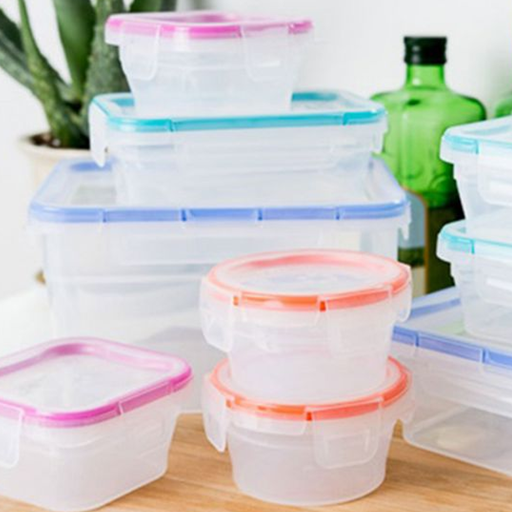


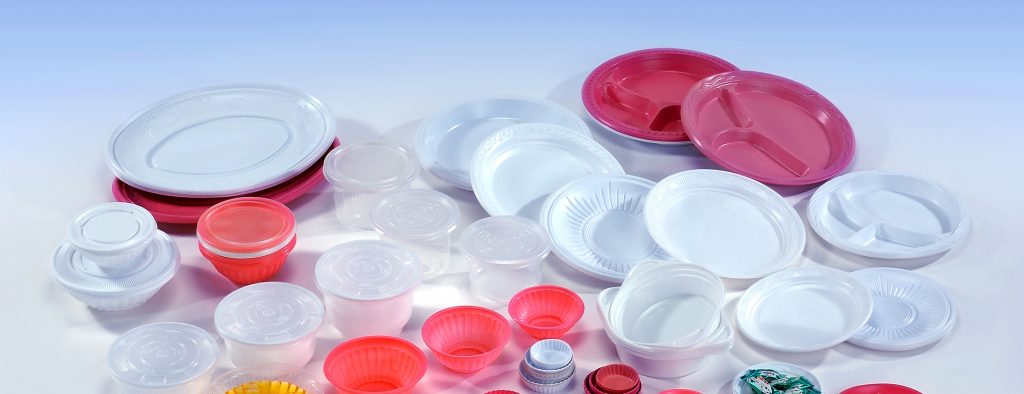
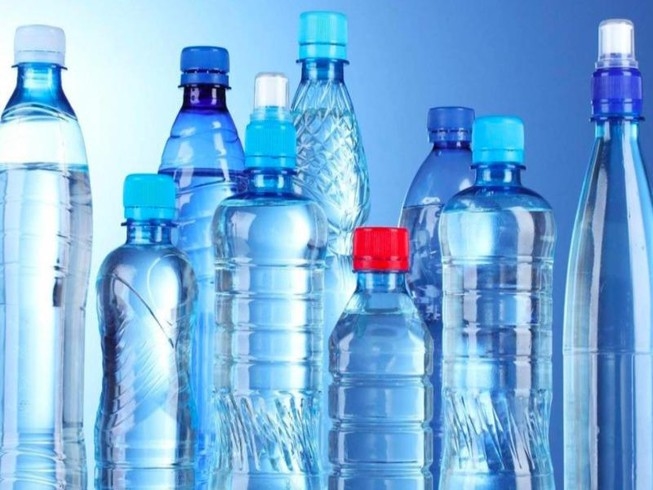
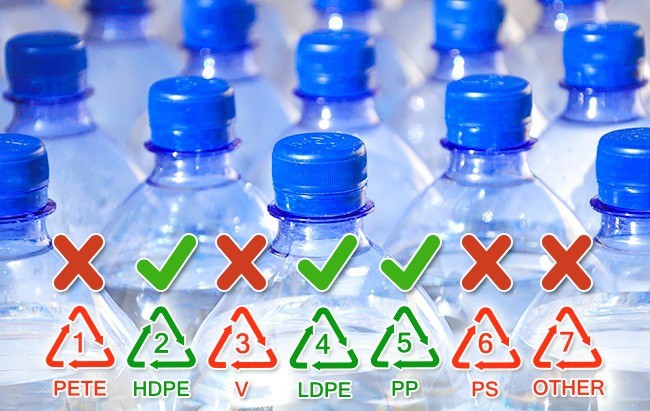 Also, avoid water bottles labeled 3 and 7, respectively, for PVC and PC materials. These are plastics that produce a lot of harmful substances, they leach into your food and drink, and in the long run, they can cause serious harm to your health.
Also, avoid water bottles labeled 3 and 7, respectively, for PVC and PC materials. These are plastics that produce a lot of harmful substances, they leach into your food and drink, and in the long run, they can cause serious harm to your health.
